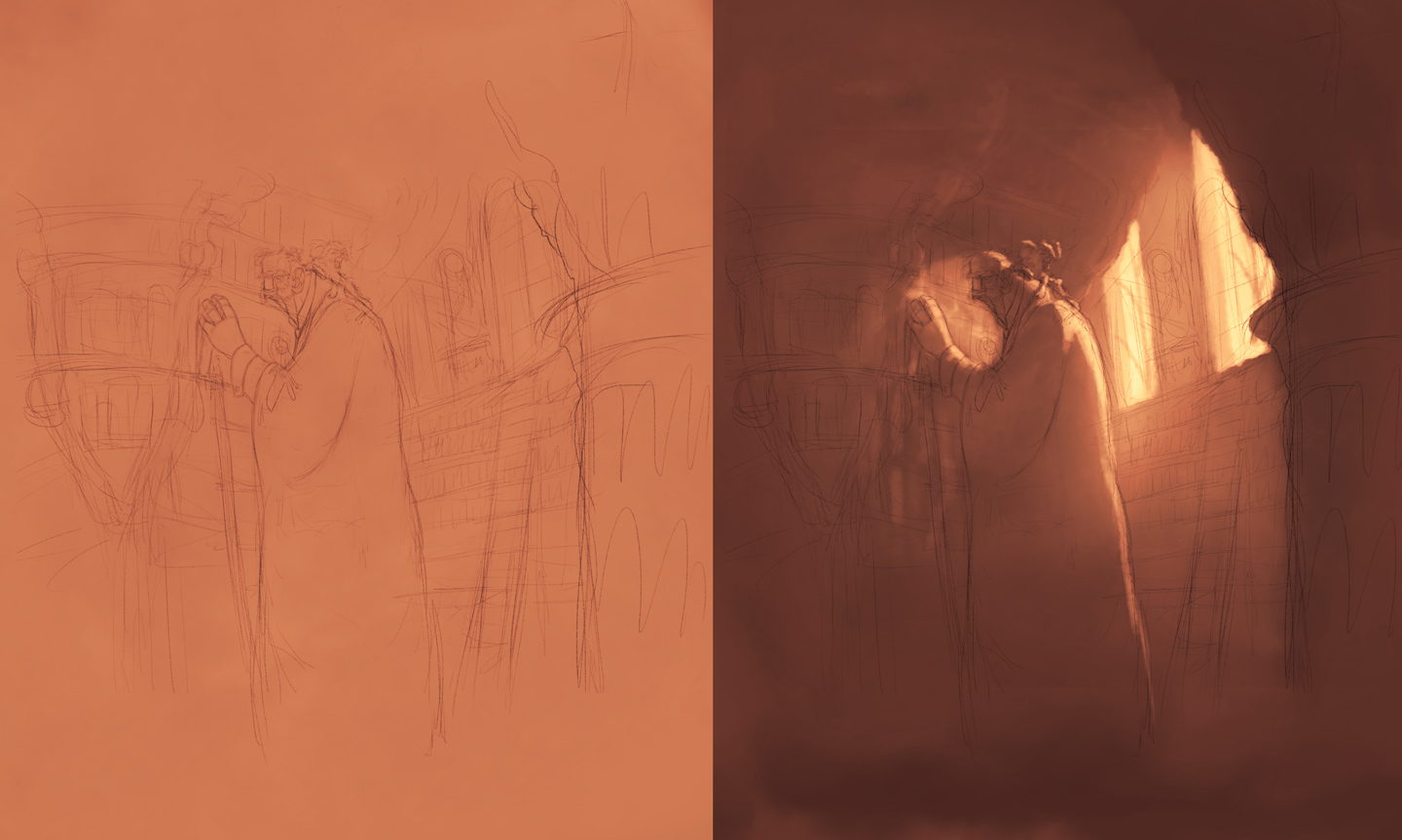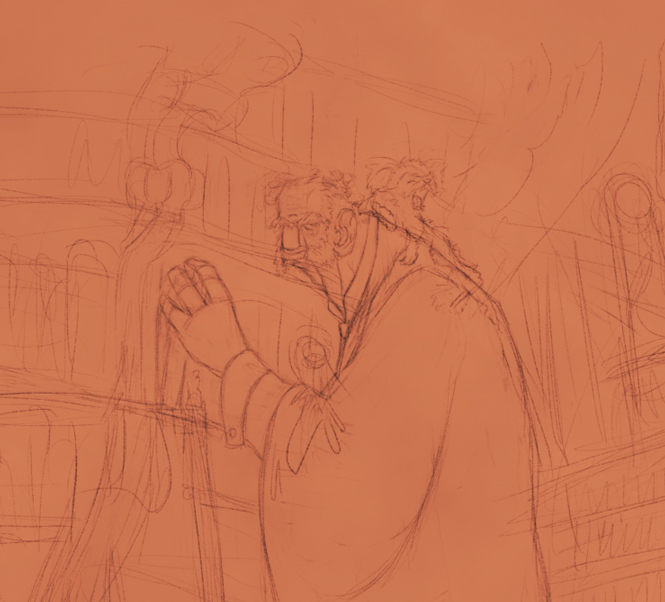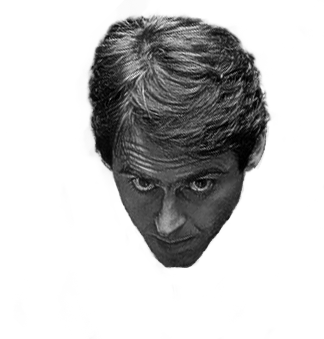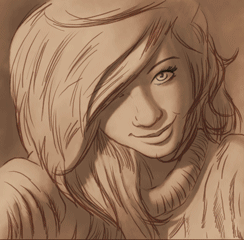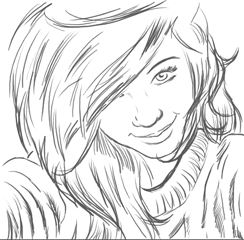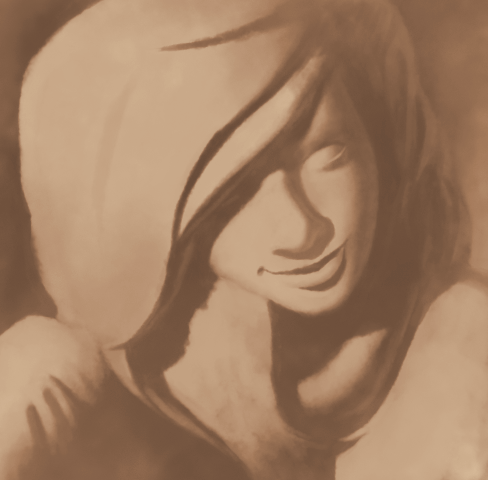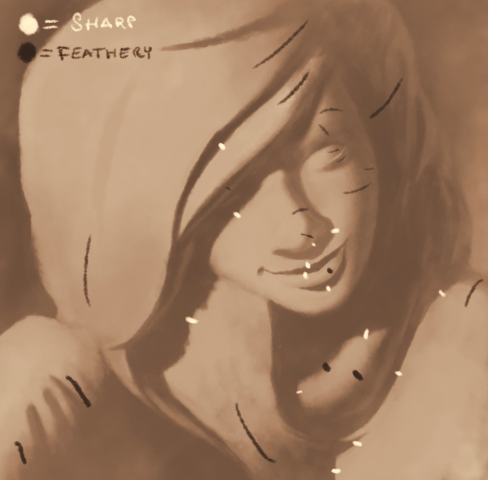Perhaps it would be a good idea to break the thread off after the deadline, and have a new thread for each step. Would be a nice fresh start, and it would gather the pieces that moves on neatly.
The artist could simply post their last version as their new start, and thus we could also filter out a lot of pics.
The artist could simply post their last version as their new start, and thus we could also filter out a lot of pics.



